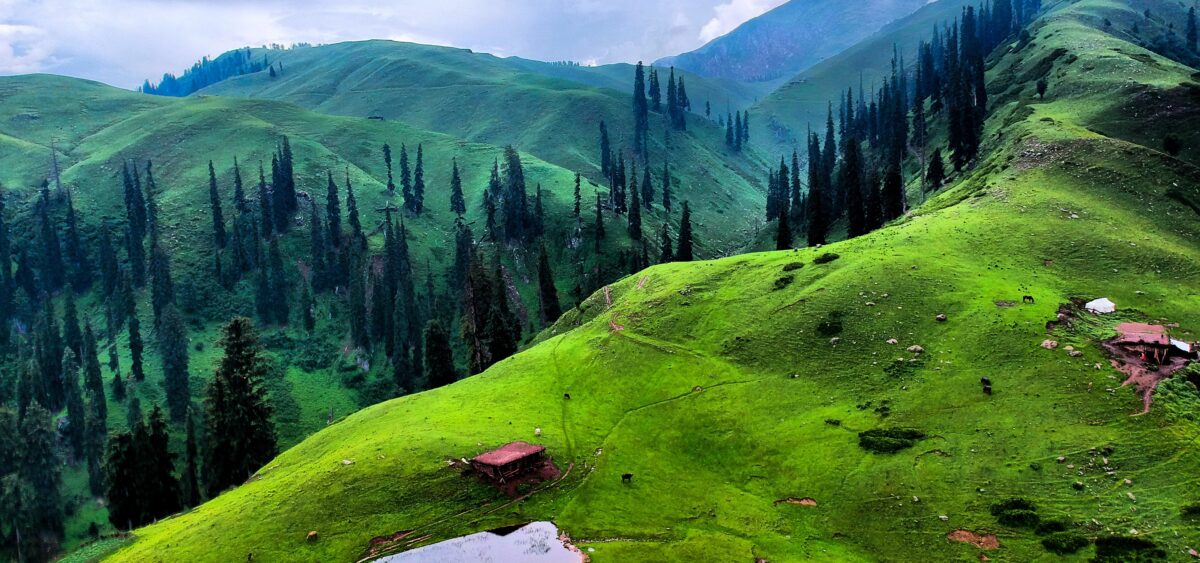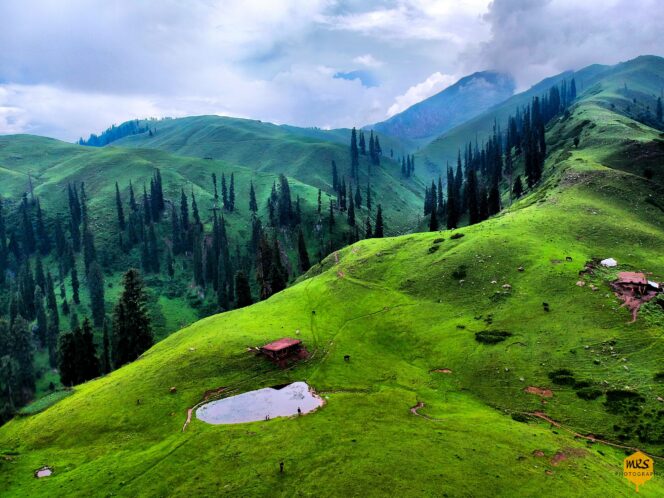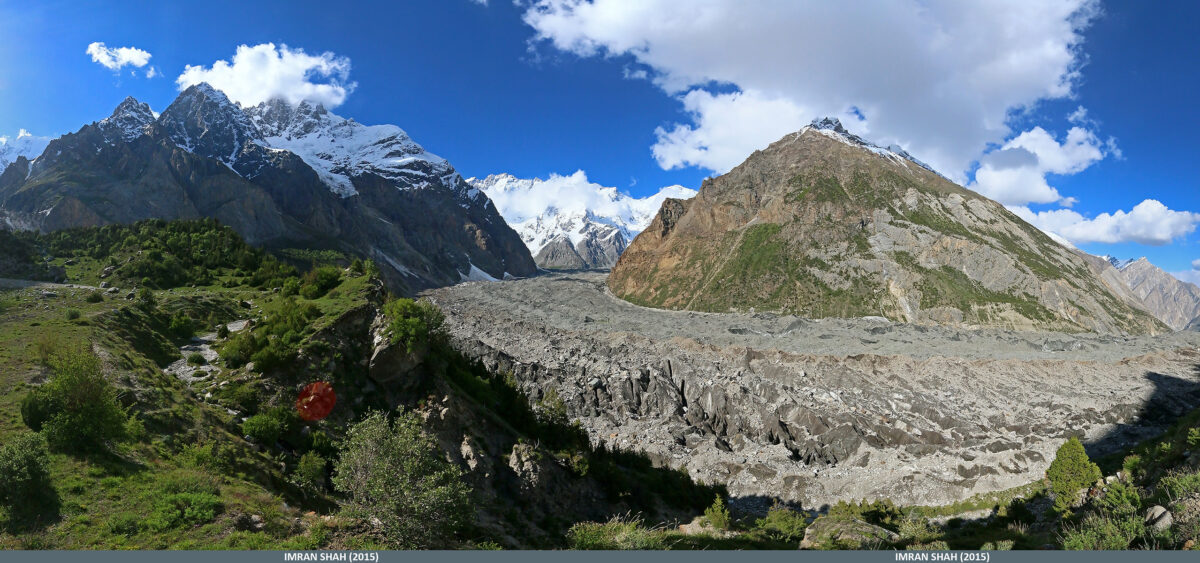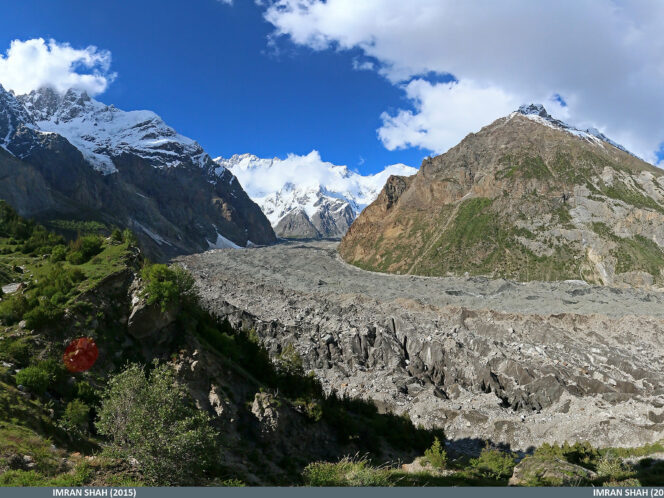
A guest in a Pashtun house can expect more than a generous reception. The Pashtun idea of hospitality extends beyond the usual niceties of feeding and entertaining visitors, and also includes the obligation of protecting a guest and providing them with refuge if needed. Even if a guest is an outlaw on the run. Even if they or their families happen to be in conflict with the host’s family. Because the rule of hospitality precedes the rule of revenge.
The obligation of visitation
It was a cold, misty winter day. We were coming back from a wedding party in Peshawar, feeling cold and tired. But Ami insisted that we go to a village near the city of Mardan to see Iqbal’s family. Iqbal’s son was sick in hospital and in such circumstances, visiting the family to ask about the sick becomes an obligation for relatives and friends. I didn’t even know who Iqbal was, and in the drizzly weather the muddy country roads leading to the village appeared grim and uninviting. Muhammad didn’t feel like going there either. And neither he nor Ami knew the way. Before we found the village and the house it was almost dark, dinner time was past due, and the three kids travelling with us were hungry…
Iqbal’s family welcomed us in a traditional Pashtun village house. From the street outside, you can see only a brick wall. In that wall, hidden behind a curtain, there is a door or a gate leading to a courtyard surrounded by terraced rooms. Sometimes the courtyard is paved with bricks or filled with concrete. Here it was just a muddy yard, where chickens, peacocks and cranes strolled lazily, and some trees grew. Even in the rooms – except for the bathroom – there was no flooring, just an earthen floor. It was the first time I had seen such a ‘traditional’ house, with no kitchen, just a clay oven by the wall, with the wood fuel stored under a tarpaulin.
I entered the house w








